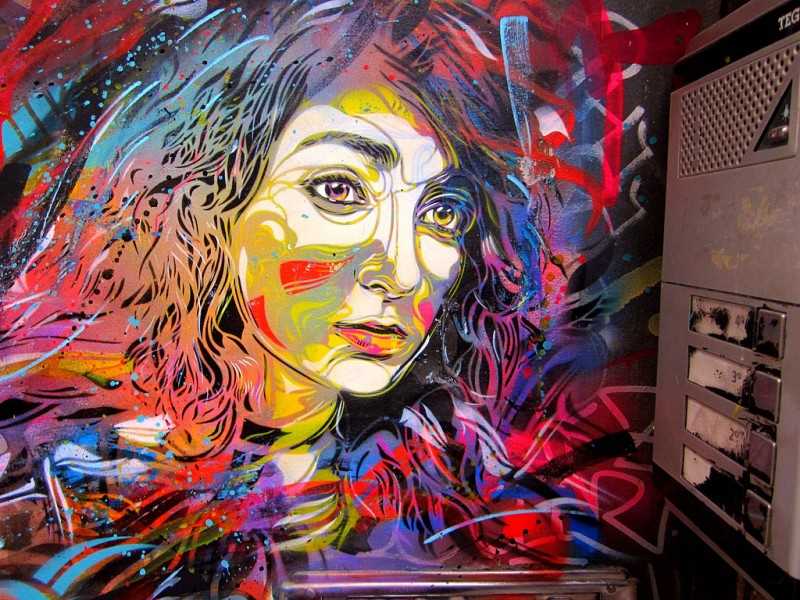
Street art has become a powerful form of self-expression in urban environments around the world. From graffiti to murals, it has transformed the way we perceive and interact with public spaces. One artist who has made a significant impact in this realm is C215. His distinctive style and thought-provoking artwork have garnered global recognition and admiration.
Known for his intricate stencils and vibrant colors, C215’s street art is often found in unexpected places, from city walls to abandoned buildings. His work encapsulates the essence of the urban experience, capturing the diverse and complex emotions of the people who inhabit these spaces.
Expressive is the perfect word to describe C215’s art. Each piece tells a unique story, conveying the struggles, hopes, and dreams of those who are often marginalized in society. His subjects, which range from homeless people to refugees, are portrayed with humanity and compassion, forcing the viewer to confront their own biases and preconceptions.
C215’s art not only beautifies the urban landscape, but also serves as a reminder of the power of creativity to bring about positive change. Through his striking imagery and powerful messages, he challenges societal norms and encourages us to question the status quo. His art is a visual protest, an invitation to reflect on the world we live in and imagine a better future.
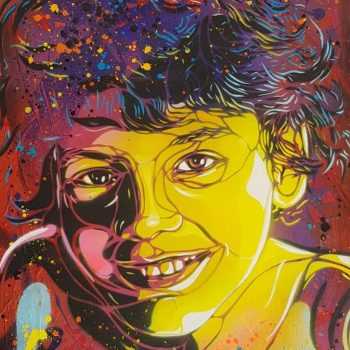
C215 is a renowned street artist known for his expressive and intricate urban art. Born in France, C215 began his artistic career by creating stencils and graffiti in the streets of Paris. His work quickly gained recognition for its distinctive style.
One of the defining features of C215’s art is his ability to capture the essence and emotions of his subjects. Whether it’s a portrait of a person or an animal, each piece is filled with intricate details and vibrant colors. The use of stencils allows him to create multiple layers and textures, adding depth to his work.
Urban Exploration and Inspiration
C215’s art is deeply influenced by the urban environment. He finds inspiration in the gritty and often overlooked corners of cities, where he discovers subjects for his art. From abandoned buildings to forgotten alleyways, C215 brings life back to these spaces through his art.
Through his work, C215 seeks to highlight the beauty and humanity that can be found in the urban landscape. His subjects often reflect the diverse and multicultural nature of cities, portraying people from all walks of life. He believes that art has the power to connect people and bridge the gaps between different communities.
Social and Political Commentaries
Beyond the aesthetic appeal, C215’s art also serves as a platform for social and political commentaries. His pieces often address issues such as poverty, homelessness, and human rights. By portraying marginalized individuals and shedding light on their struggles, he aims to raise awareness and provoke thought.
C215’s art can be seen as a form of activism, as he uses his talent to give a voice to the voiceless and challenge the status quo. His work serves as a reminder that art can be a powerful tool for social change and a catalyst for conversations about important issues.
- Expressive and intricate urban art
- Captures the essence and emotions of subjects
- Inspired by urban exploration
- Reflects the diverse nature of cities
- Serves as a platform for social and political commentaries
The Origins of Street Art
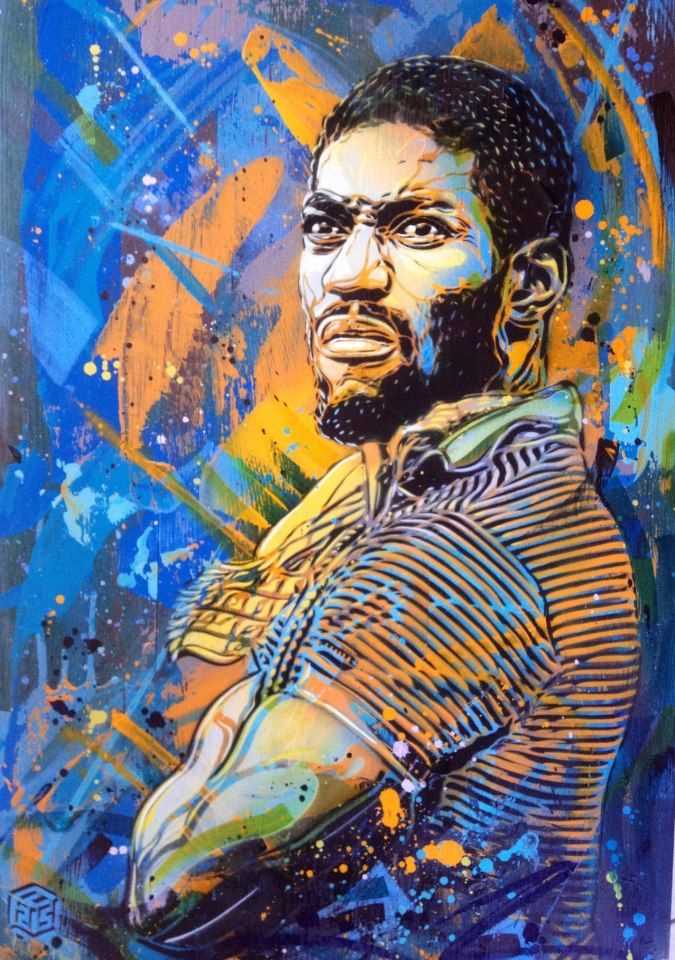
Street art is a form of artistic expression that originated in the late 20th century. It emerged as a response to the societal and political changes happening around the world. The movement can be traced back to the graffiti and tagging culture that started in the 1970s in cities like New York.
At its core, street art is a way for artists to reclaim public spaces and challenge the traditional boundaries of art. It is a form of rebellion and defiance, often featuring political and social commentary. Artists use various mediums, such as spray paint, stencils, stickers, and posters, to make their mark on the urban landscape.
Graffiti and the Rise of Street Art
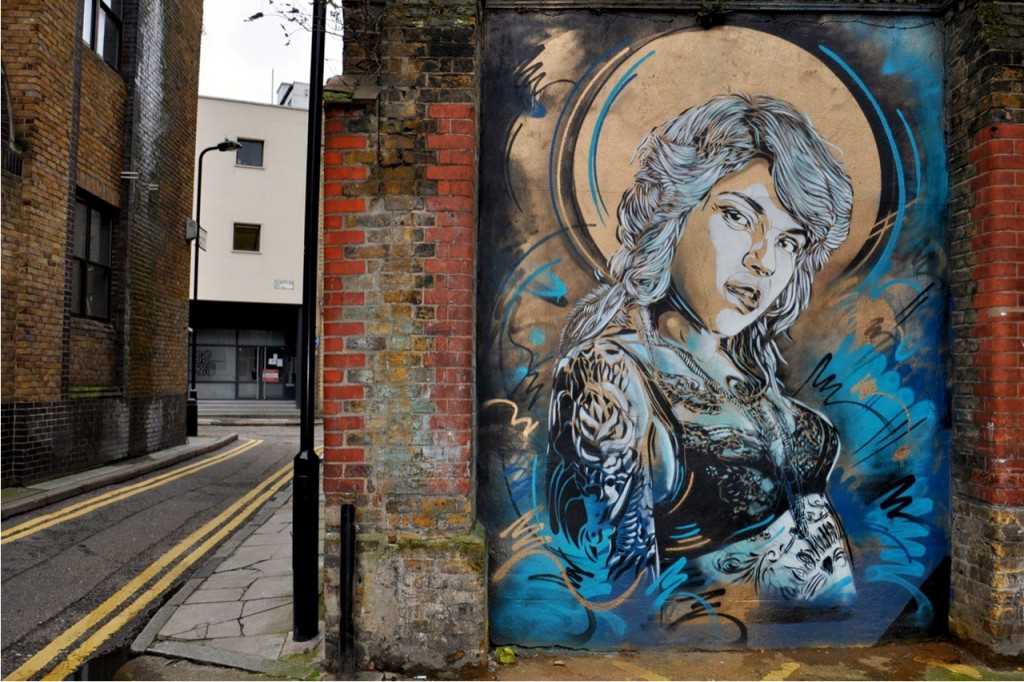
Graffiti played a significant role in the development of street art. In the 1970s, graffiti writers began tagging their names and artwork on subway trains and walls, using spray cans to leave their mark. This form of self-expression quickly spread throughout cities worldwide, becoming a symbol of urban culture.
As the graffiti scene evolved, artists started experimenting with different techniques and styles. They began creating larger and more intricate murals, using stencils and other tools to achieve detailed and visually striking images. This marked the transition from graffiti to street art.
Global Influence and Recognition
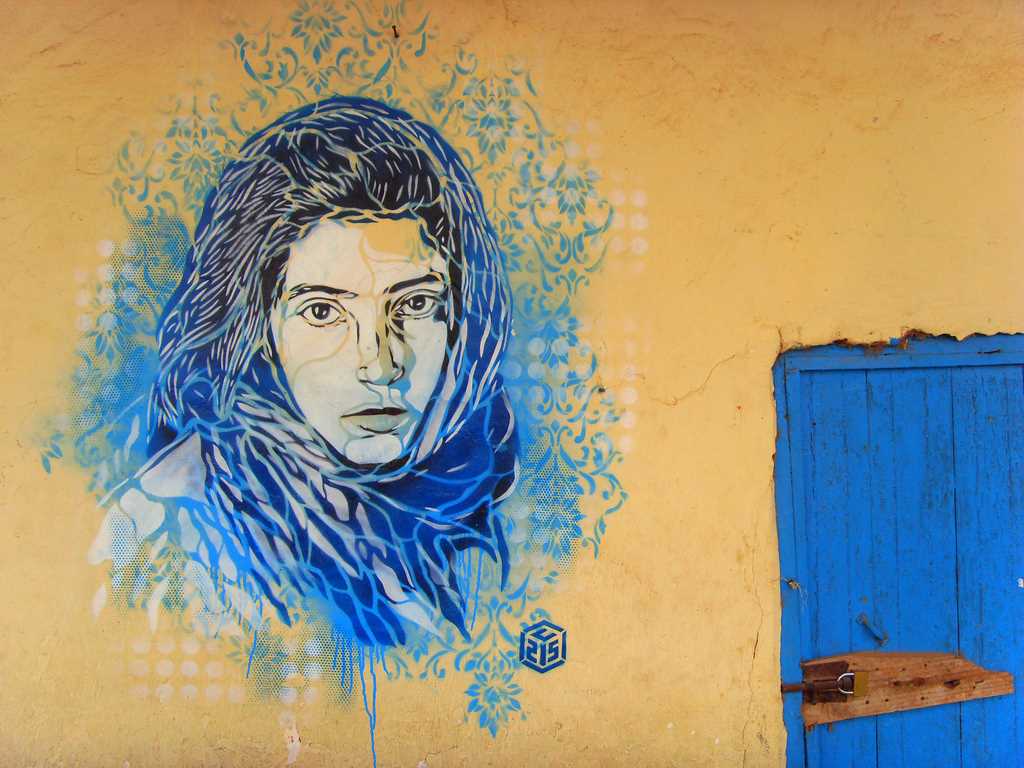
Street art gained international recognition in the 1980s and 1990s, thanks to artists like Keith Haring and Jean-Michel Basquiat. These artists took their work from the streets to galleries and museums, bringing street art into the mainstream art world.
Today, street art continues to evolve and push boundaries. It has become an influential and respected form of art, with artists like C215 making their mark on cities around the world. Street art festivals and exhibitions celebrate the creativity and talent of these artists, showcasing their work to a wider audience.
Street art has grown from a subculture movement to a global phenomenon. It has transformed the way we perceive art, turning ordinary city walls into vibrant and thought-provoking canvases. The origins of street art may lie in the streets, but its impact and significance can be felt far beyond urban landscapes.
Graffiti vs. Street Art
Graffiti and street art are often used interchangeably, but they are two distinct forms of artistic expression. While both involve creating visual content on public spaces, there are key differences that set them apart.
Graffiti is typically associated with illicit activities and is often seen as vandalism. It is characterized by its bold and often repetitive lettering, often with a focus on the artist’s name or tag. Graffiti artists often work quickly and illegally, using spray paint and other tools to create their art. Graffiti has a long history and has been associated with rebelliousness and counterculture movements.
Street art, on the other hand, is more often seen as a legitimate form of artistic expression. It encompasses a wider range of styles and techniques, including stencils, murals, and installations. Street artists often create their work with the permission of property owners or through organized events. Street art can explore a variety of themes and often aims to engage with and reflect the community it is created in.
A key distinction between graffiti and street art is their relationship with legality and permission. Graffiti is often created without permission on public or private property, leading to its association with vandalism. Street art, on the other hand, is often created with permission and can be seen as a way to beautify and uplift urban spaces.
Another difference lies in the cultural connotations of graffiti and street art. Graffiti is often associated with youth subcultures and an underground movement. Street art, on the other hand, has gained more widespread recognition and acceptance in recent years, with cities around the world embracing street art as a way to enhance their cultural identity and attract tourism.
The Stencil Technique
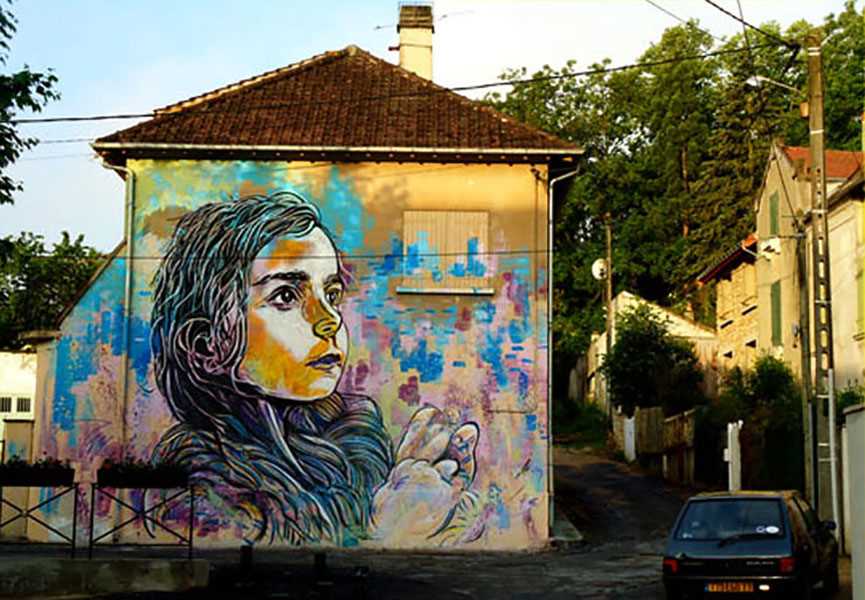
One of the defining features of C215’s expressive urban art is his use of the stencil technique. Stencils allow him to quickly and precisely recreate his intricate designs on walls and other surfaces. This technique involves cutting out specific shapes or patterns from a piece of material, such as cardboard or plastic, and then using it as a template to spray paint onto the desired surface.
C215’s stencil technique allows him to create highly detailed and realistic images with ease. By using stencils, he is able to efficiently reproduce his signature style, which often includes portraits of individuals with strong emotions. The stencil technique also gives him the ability to create multiple copies of his artwork, allowing his work to be seen in many different locations around the world.
Benefits of the Stencil Technique
- Precision: The stencil technique allows for precise placement of the design, resulting in clean lines and intricate details.
- Efficiency: Using stencils allows C215 to quickly reproduce his designs, allowing him to create more artwork in a shorter amount of time.
- Repeatability: With stencils, C215 can create multiple copies of his artwork, making it accessible to a larger audience.
Creating Stencils
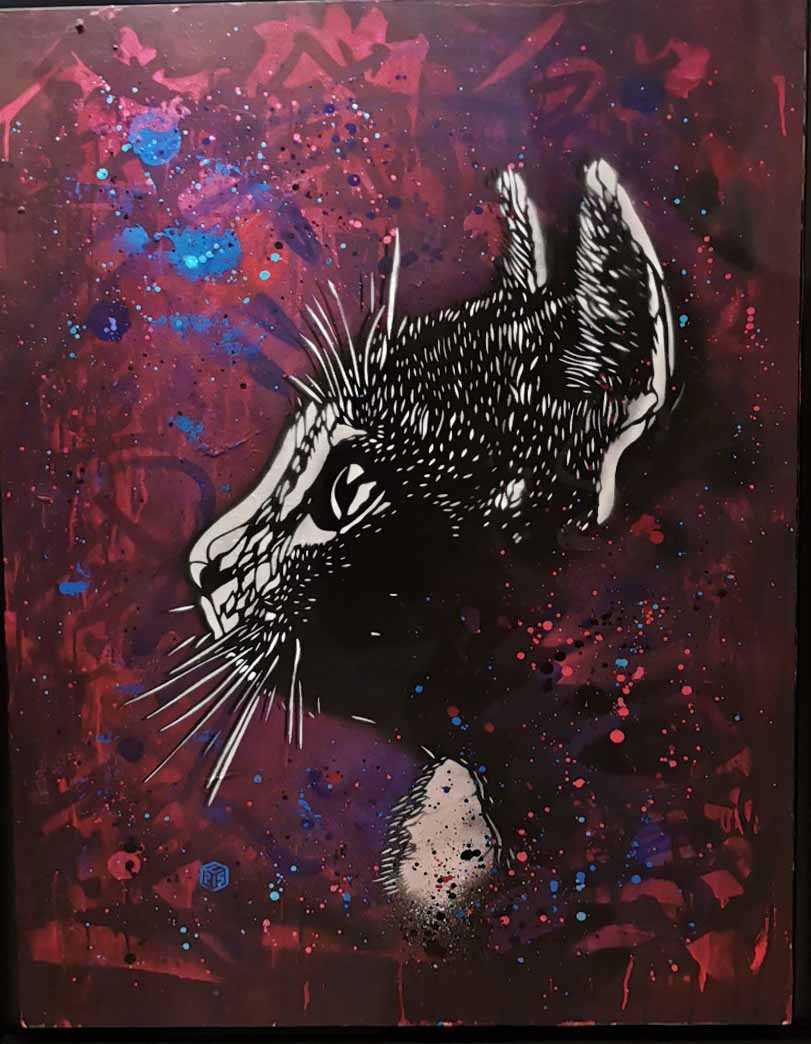
C215 creates his stencils by carefully cutting out the desired shapes or patterns from a stencil material, typically using a knife. He pays close attention to the details and intricacies of his designs, ensuring that each stencil will produce a high-quality image on the final surface. Once the stencil is finished, he can then use it repeatedly to create his artwork in various locations.
The stencil technique is an important aspect of C215’s expressive urban art. It allows him to bring his unique style to walls and public spaces around the world, making a lasting impression on both art enthusiasts and passersby.
The Colorful World of C215

One of the defining characteristics of C215’s work is his attention to detail. Every line and brushstroke serves a purpose, adding depth and dimension to his pieces. His use of vibrant colors brings his subjects to life, evoking emotions and capturing the essence of the individuals he portrays.
C215’s subject matter often centers around social issues, with a particular focus on marginalized communities. He seeks to give a voice to those who may not have one, using street art as a platform for social commentary and activism. Through his art, C215 raises awareness of societal injustices and challenges viewers to think critically about the world around them.
In addition to his thought-provoking subject matter, C215’s work also showcases his technical skill and creativity. His use of stencils allows for precise details and intricate designs, making his art instantly recognizable. Whether it’s a portrait of a child, a cat, or a famous figure, C215 infuses each piece with his unique artistic vision.
The colorful world of C215 is a testament to the power of street art as a form of self-expression and social commentary. From the streets of Paris to the walls of New York City, his art brings beauty, vibrancy, and a message wherever it is found.
Making a Statement Through Street Art
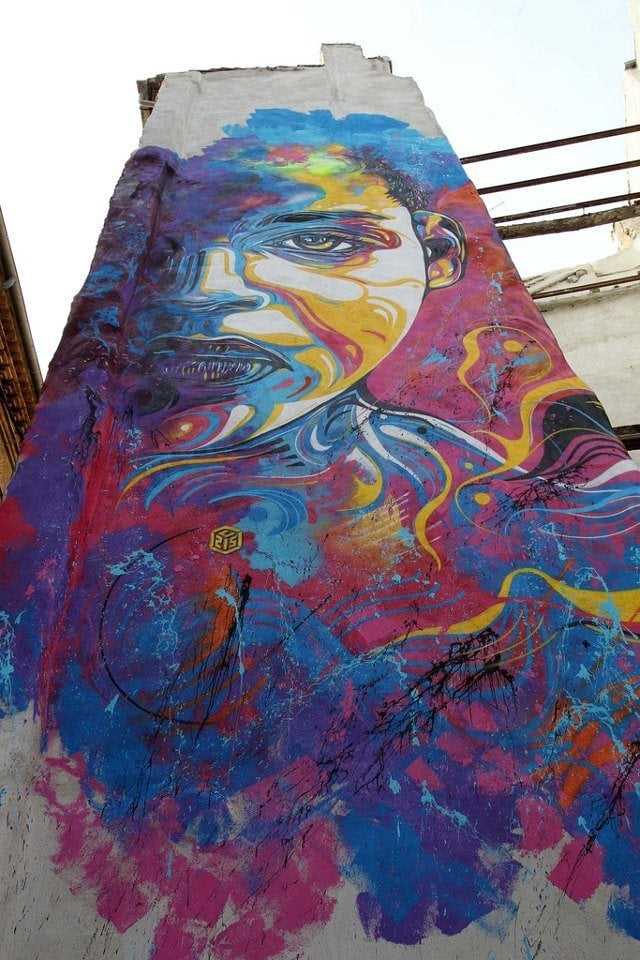
Street art has become a powerful medium for artists to express their ideas, beliefs, and emotions in public spaces. It allows them to make a statement and engage with the community in a unique way. By creating art in public areas, street artists can reach people who may not typically visit galleries or museums, bringing their message to a larger audience.
One of the most renowned street artists, C215, is known for his expressive urban art that provokes thought and challenges societal norms. Through his stencils and intricate detailing, C215 addresses a wide range of topics, from social justice issues to environmental concerns.
Social Justice
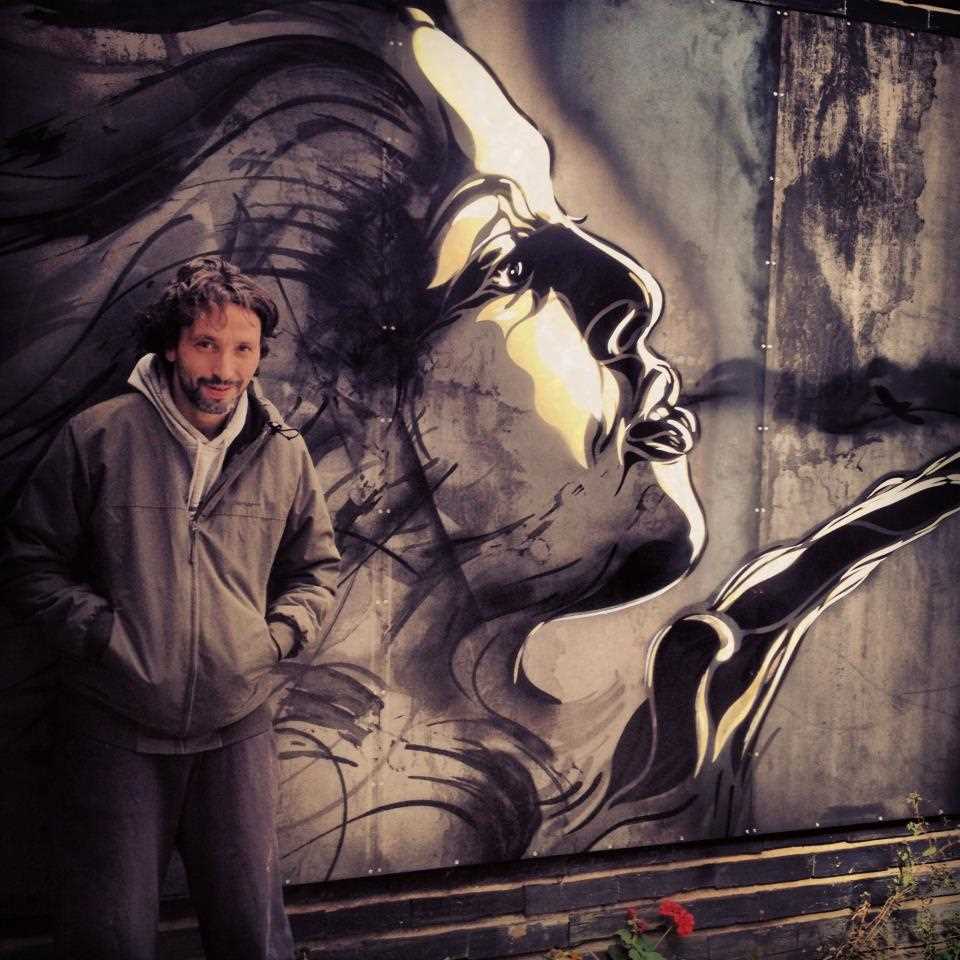
Street art has often been used as a platform to address social injustice and inequality. C215’s artwork often reflects these themes, highlighting the struggles faced by marginalized communities. His portraits of children from around the world capture the innocence and vulnerability of those who may be overlooked by society.
Environmental Awareness
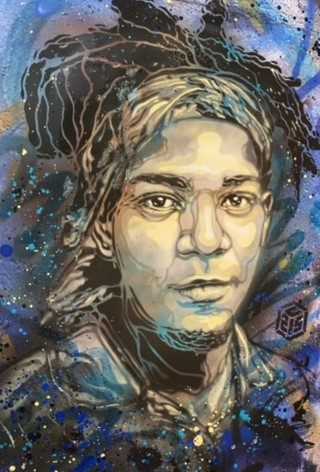
C215 also uses street art to raise awareness about environmental issues. His art often features endangered species, drawing attention to the urgent need for conservation and protection of our planet’s biodiversity.
Through street art, C215 and other artists like him are able to create a dialogue with the public, sparking conversations about important topics. Their work challenges viewers to think critically and consider different perspectives. By making a statement through street art, these artists are able to inspire change and contribute to a more inclusive and conscious society.

I am a mural enthusiast and a fervent admirer of street art. Rather than creating murals myself, I am passionate about collecting them. My love for street art knows no bounds. I am dedicated to curating and cherishing these artworks that grace the streets. My collection stands as a testament to my profound appreciation for this form of artistic expression.
read about me



